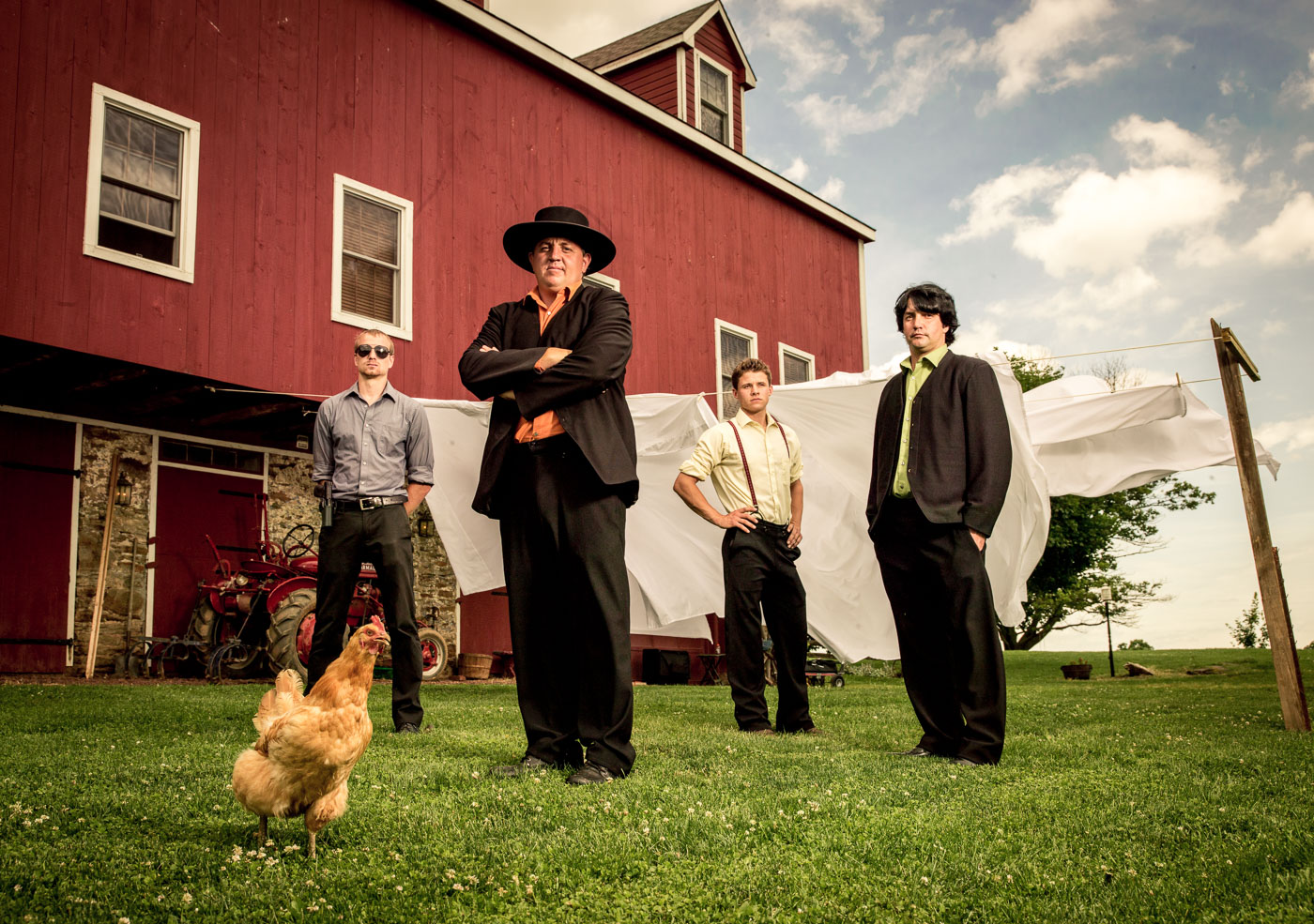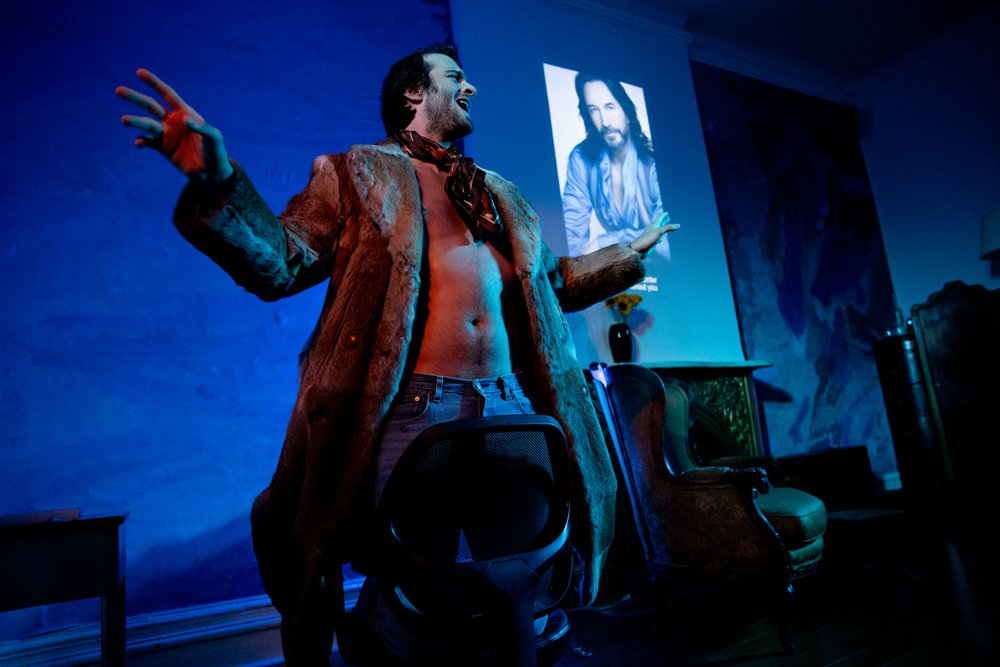
One of the best parts of life in New York City isn’t those guys on dirt bikes who terrorize people in droves or that really bangin’ song coming from your neighbor’s window – it is the diversity, and the history that it is tied to.
And one all but forgotten neighborhood is the few blocks around East 100th street once known as Amish Harlem.
The Amish immigrated to the United States in the 18th century (or the 1700s – so confusing, why do they do that?) to escape what else..? Religious persecution! Given a cursory glance at history, it seems to have been a huge thing back in the day. Glad we got that straightened out, am I right?
Most of the Amish ended up in Lancaster County Pennsylvania and Ohio and other boring sounding places. However, a small boat load of Mennonites (the cool ones,) decided to stay in Manhattan. The story goes that a forward-thinking woman by the name of Hannah Smith lit out in search of an even more free lifestyle especially for the female Amish. They named themselves “women-onites.” Some men stuck around to see how the whole thing would turn out as well. Hannah had stumbled upon a spring of fresh water near an uptown farm that would be known as Germantown. That combined with her affinity for the local bratwurst, (if ya know what I mean,) they decided to give New York a chance. Upon tasting one of Hannah’s meat pies, Jonas VonHelm is said to have remarked to his new neighbors; “If you can bake it here, you’ll bake it anywhere…”

The century progressed and the city expanded, and in 1811 when, after getting lost in the village for like, the hundredth time John Randal was like, I can’t with this shit and formed a commission to implement New York’s grid system. They city expanded uptown quickly after that and the Amish community began to get squeezed in by the new cobblestone roads, buildings being built, businesses opening up and goddamn car alarms going off at all hours.
The Amish tried to adapt while staying true to their strict seeming religious beliefs, moustache free beards and unadorned homemade clothes. The Amish are known for eschewing all forms of technology and machinery, unless said machinery can help them work or earn money but they blended in seamlessly for almost a century.
Young Elmer Yoder when he was done with his chores, began cooking and selling snacks for his neighboring Spanish speaking neighbors near what is today Spanish Harlem.

In the 1970s and 1980s when Harlem was mostly a pile of rubble, some youths who had just set a car on fire were hiding out in an abandoned warehouse when they noticed some small desks and chairs sticking out of some mud that had been washed away when the fire department extinguished a nearby blaze. They mentioned it to the guy at the bodega who then told some cops who got curious and went to check it out. The New York Historical Society investigated and confirmed that this was a long-lost Amish schoolhouse. The Amish educate their own children usually in a one room schoolhouse. Amish children do not go to high school or college. Instead, they enter the community and farm or do that thing where they all build a barn together, which in retrospect sounds kind of fine with me. Further excavation turned up bibles, several kinds of tools – and the remains of what is believed to be a bath house. The Amish did not have indoor plumbing and would wash and so on in a separate building. Exhaustive research of the records from that time proved that the property had once belonged to Levi and Goody Peachy. “Goody Peachy’s Bathhouse,” became local shorthand around Harlem for a shallow grave.
Fuck around and you’ll end up in Goody Peachy’s Bathhouse.
Today it’s a Gamestop.
Some local gangsters still take on the moniker Peachy and tag bathroom stalls accordingly.
(see below)

Although Elmer’s Chicharrones may be long gone, one thing that remains to date is the small chain of Amish Market’s around the city, another way that the wily Amish managed to thrive in the bustling capitol of capital that is New York City. (I think I stole that from Jay-Z)
Devotees of New York rap may remember that one of the first white rappers was in fact a descendant of the Amish New Yorkers, one Caleb Kaufman – who went by the name Anvil and whose family still lived in Harlem. The tracks on his only recording effort included “Grab Hoe,” “Plough Dat” and “Ami$h bish.” Anvil is said to have gone against church doctrine when he used a friend’s recording equipment to make demo tapes that he would sell out of the back of his buggy.






What an interesting and rapid fire history!